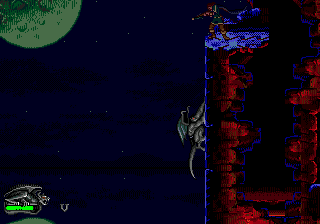

The brief was to create two new works of art to grace the Cathedral parapet a piece sympathetic to the history and style of the building and which conveyed the spirit and intent of the medieval stone carvers’ work. War Centenary Cathedral Repairs Fund Tom was asked to carve his Gargoyle design. In 2015 Cathedral Architect Oliver Caroe RIBA AABC of Caroe Architecture Ltd (the architect to Ripon Cathedral) invited selected Tom Nicholls to carve two new replacement gargoyles for Ripon Cathedral.įunded through a grant from the Cathedral Fabric Commission for England’s (CFCE’s) First World There are many legends behind these quirky decorations, which we will explore in the post.Tom Nicholls wins the Ripon Cathedral Gargoyle Competition 2015 It is for this reason that gargoyles and grotesques take fantastical forms. In medieval times it was common for people to believe in spirits. Gargoyles come from a time that was steeped in mythology and mystery. However, in recent times the word gargoyle has evolved to encompass all types of decorative sculpture that adorn buildings.

If these sculptures do not function as a water spout, they are technically a ‘grotesque,’ not a gargoyle. Gargoyles were popular on gothic churches and cathedrals, where they often took the form of mythical creatures such as dragons or basilisks. This stops water from staining the walls as well as preventing erosion of the stone and mortar. Gargoyles are a form of decorative stone spout which funnel water away from the walls of a building. But what are they actually for, and why do they look so creepy? Most people have seen a gargoyle, those weird looking creatures on the walls of old churches and cathedrals.


 0 kommentar(er)
0 kommentar(er)
